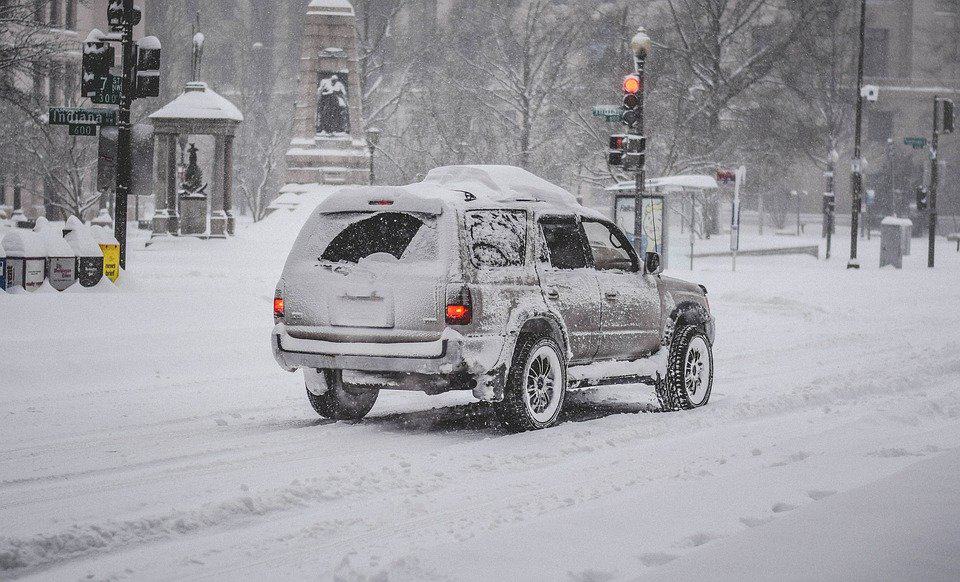

Pittsburgh is known for its brutal winter weather and winter driving hazards. Every year, heavy winds, snowdrifts, and ice storms combine to create miserable driving conditions. When mixed with the region’s steep hills and winding roads, driving through Pittsburgh roads conditions can be treacherous.
The conditions are similar across Pennsylvania. In 2017, PennDOT recorded:
The accident count is so high that the National Highway Transportation Safety Administration frequently ranks Pennsylvania among the deadliest states for winter driving. The biggest causes of accidents the NHTSA found were:
When we talk to clients who have been in a winter weather-related accident, the question they ask is always the same: Who’s at fault when ice and snow are involved?

Let’s say you’re driving through a dark Pittsburgh suburb after a snow storm. You’re driving at a reasonable speed, and you slowly apply the brakes as you approach an oncoming stoplight. The driver behind you applies his brakes as well, but he hits a slick patch of black ice. Instead of slowing down, his car slides forward, slamming into the back of your car.
In most cases, the other driver would be held at fault. Although the black ice was the factor that caused the crash, most courts would say the other driver should have driven more carefully based on the conditions. Driving safely in this scenario would mean:
Although the other driver may feel exempt from wrongdoing because of the ice involved, you could still hold him liable for your injuries and the damage to your vehicle.
Let’s try another scenario in which an accident occurs with an obstacle that must be avoided. Say you’re driving through the same neighborhood under the same circumstances and winter driving hazards, but this time a small child jumps out into the street after you pass. The driver behind you swerves to the left, but he runs onto a patch of ice in the process. As he skids out of control, he swerves back into the right lane and slams into the back of your vehicle.
As before, the other driver will generally be the one at fault. Although the child pushed the other driver into an evasive maneuver and the ice propelled him forward, the same rules apply: You must drive according to the road conditions. Although he may not have expected a child to run into the street, he should have been cautious in a residential neighborhood. Like before, blaming the accident on the ice won’t work—he was driving in poor conditions and should have driven slower.
Safe driving ultimately falls back on you, the driver. To stay safe in winter conditions while you’re behind the wheel:
Pittsburgh and the rest of western Pennsylvania encounter hazardous driving hazards and road conditions every year. If you must venture onto the roads, the proper preparation and focus will ensure you and your passengers safely reach your destination.
If you’re in a winter weather-related accident, contact Dugan & Associates. We will ensure you receive the protection, justice, and compensation you deserve.
"*" indicates required fields